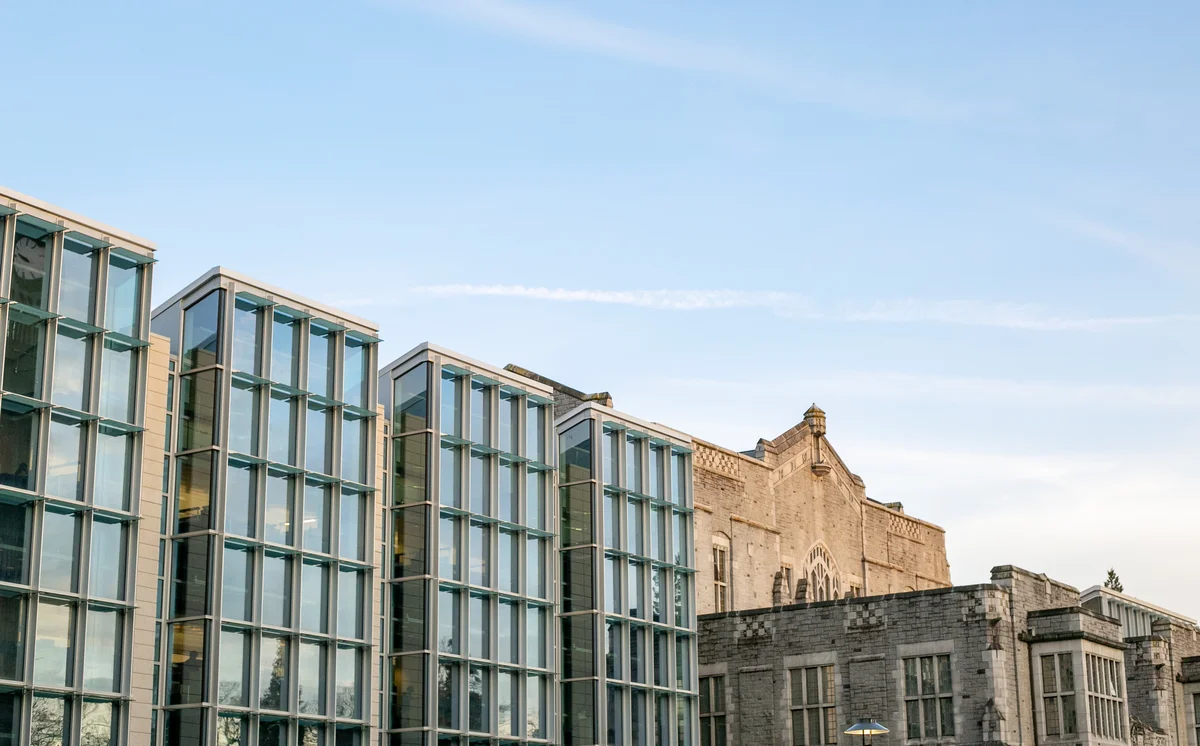
The Student Senate Caucus launched a website last month.
Throughout the 2021 AMS election, candidates for student senators-at-large discussed transparency issues within the Senate, particularly the lack of public committee meeting minutes.
The caucus — composed of all eighteen student senators in the Vancouver Senate — hope the new website will increase the governing body’s transparency.
“This has been a process that’s been going on for multiple years,” said Dante Agosti-Moro, a fourth-year commerce student who serves as a student senator-at-large. “During my first year on the Senate, I worked to look into how we can best reach out to students further beyond the channels we were already using.”
Agosti-Moro also serves as the co-chair of the Student Senate Caucus.
He said that before the caucus website, student senators were using faculty-based or unofficial means of communication. The website was created to establish a “centralized location” where students can learn about the work of the caucus and the Senate.
The outdated nature of UBC’s Vancouver Senate website also inspired the student senators to create a new, accessible caucus website.
Eshana Bhangu, the other co-chair of the Student Senate Caucus, described how the Vancouver Senate website is in need of updating.
“If you look at the Board of Governors website, even that is just much more accessible in the way it functions and easier to navigate than the Senate website,” she said.
Shivani Mehta, a student senator-at-large, played a large role in determining the caucus website’s composition.
In an interview with The Ubyssey, Mehta said how she and fellow student senator for the faculty of land and food systems, Anisha Sandhu, developed preliminary ideas for the website. These included an explanation of the Student Caucus’ role in the Senate and how any student can get involved.
“These are things we wish we had known when we began in the Senate,” Mehta said. “General information that is accessible, but reframed in a way that applies to student life.”
Sandhu declined to comment for this piece.
Agosti-Moro said the release of the website last month was very much a soft launch, and that there are still things to improve.
One of the website’s weaknesses, according to Agosti-Moro, is that the Senate agendas and minutes are hard to find from the homepage. Right now, they can only be found on the caucus website after clicking on the “Useful Links” tab.
“People always end up at the meetings and minutes page,” he said. “That has to be put on the homepage. That has to be more accessible.”
Though Senate meetings are filmed, recordings are only available on the UBC Vancouver Senate Facebook page, as they are streamed via Facebook Live.
When asked why Senate meeting videos are not posted on the caucus website, Agosti-Moro said the student senators don’t have access to the videos.
“The recording has to come from the Senate Office,” he said. “Students can’t record their own meetings.”
Agosti-Moro and Mehta said greater access to the meeting recordings and minutes could help both the Student Senate Caucus website and the UBC Vancouver Senate website.
The Student Senate Caucus is also currently exploring the creation of a “Contact Form” on the website, so students can reach out to the caucus and make recommendations on how to improve the site.
Bhangu said that overall, the caucus website will help students establish greater connection with their senators.
“[Students] must always have the ability to do so, and in an easy way,” she said.

